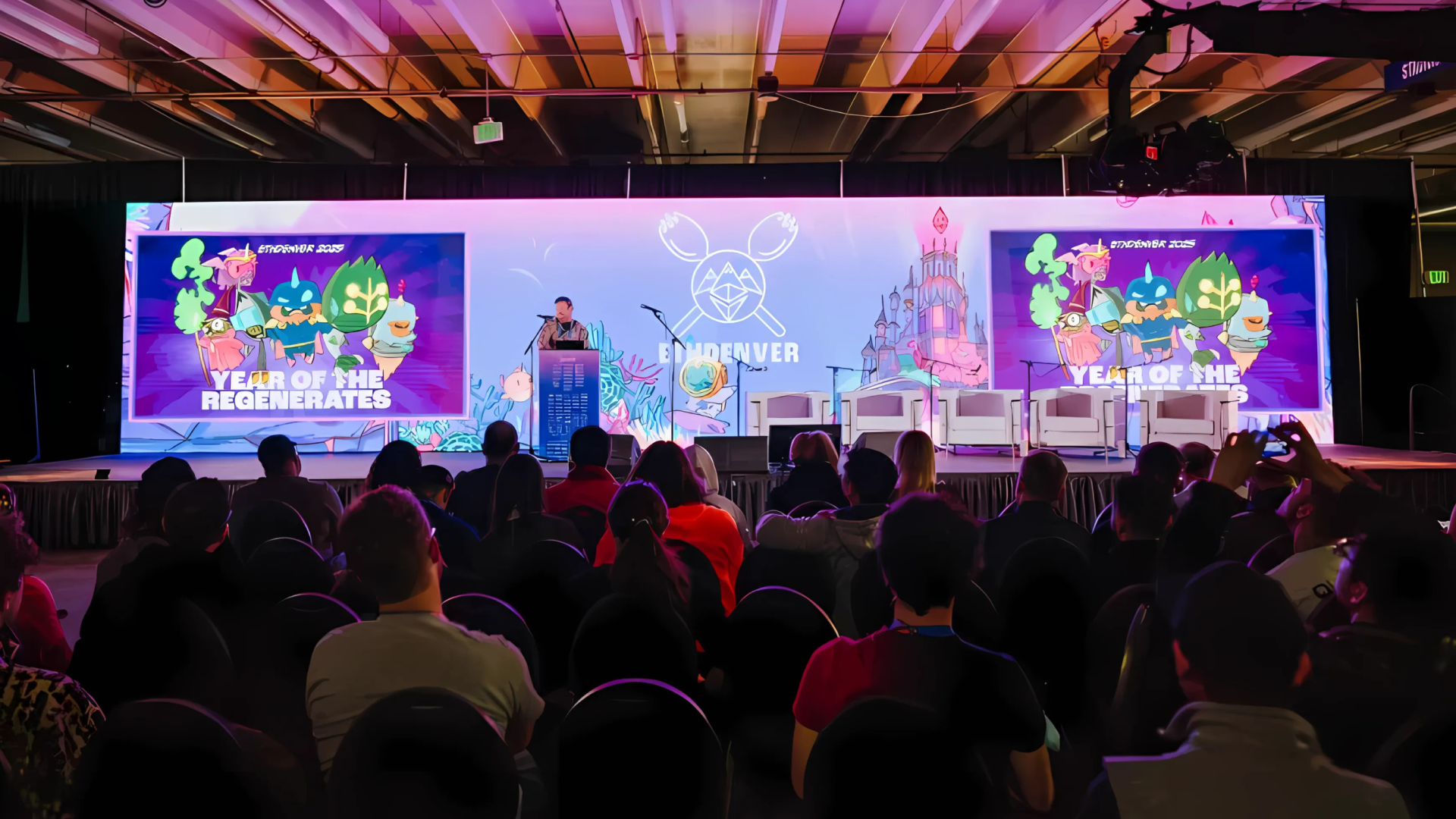What is Polkadot? Part 2: The Vision.
Polkadot is designed to take back our digital sovereignty and agency from powerful third-parties, while also providing the foundation for new business models, services, organizations—and even entire societies and economies—to take shape and thrive into the future.
 By Polkadot•July 1, 2020
By Polkadot•July 1, 2020
This post is part of an ongoing series introducing readers to the basic concepts and functionality behind Polkadot. For a brief introduction to Polkadot’s technical benefits, read Part 1 here.
The technology we rely on in our daily lives has, in many respects, fallen out of alignment with human interests, rights, and wellbeing. In response to this growing realization, there's a rising call to action, a global expression of the urgent need to create more human-centric technologies. In line with this broader goal, Polkadot is the next-generation blockchain protocol at the heart of a vision for a fair, secure and resilient web that protects user interests by design (Web 3.0).
Often when a revolutionary new technology is introduced, it takes time for its effects on society to unfold and for us to fully understand them. The early days of the information revolution were all about individual empowerment, open access to information, and peer-to-peer collaboration. Clearly the web has brought us undeniable benefits, but looking back we can also see a disturbing trend: the underlying structure of the internet has led to a concentration of power that benefits the few at the expense of the many.
Today the vast majority of internet traffic is controlled by a handful of companies. Using the web means trusting centralized mediators with our digital lives, exposing ourselves to data manipulation, censorship, fraud and surveillance. An internet where we're forced to place blind trust in middlemen, gate keepers, rent-seeking platform monopolies and data silos is a fundamentally broken internet. The digital systems we depend on should not require us to trust others to protect our money and our most sensitive data from theft and abuse.
Polkadot is designed to take back our digital sovereignty and agency from powerful third-parties, while also providing the foundation for new business models, services, organizations—and even entire societies and economies—to take shape and thrive into the future. Polkadot takes the revolutionary promise of blockchain technology to the next level, uniting an entire network of purpose-built blockchains into a single scalable ecosystem with a secure standard for cross-chain communication.
As the underlying protocol for a thriving ecosystem of specialized, interconnected yet sovereign blockchains, Polkadot lays the framework for a new decentralized web—one that enables a future in which:
- Digital infrastructure protects our interests by design - Privacy protections and respect for human rights, including the right to self-determination, are built in and uncircumventable. We don't need to blindly trust service providers to act in good faith. Protections happen seamlessly in the background of the apps we use, with no sacrifice in terms of convenience—so users may not even know they're using blockchain-based services. This infrastructure is open and verifiable, not a black box.
- There’s greater access to open financial services - No longer reserved for a select few, impactful financial services and access to wealth creation have been democratized. Decentralized and peer-to-peer alternatives to traditional financial service providers are user-friendly, secure and open. Even low-income communities conventionally excluded from the financial system are able to participate and benefit.
- Trade networks and economies are more representative and efficient - The power of rent-seeking platform monopolies has been greatly reduced. Services that merely extract value from users without providing proportional value in return are largely a thing of the past. Disintermediated and community-owned alternatives provide greater value and freedom of choice without the need to exploit users. New classes of services made possible by Polkadot spark new markets and new possibilities.
- We have reliable, open-source, peer-to-peer infrastructure for collaboration and communication - Powerful new ways for people to collaborate without the need for central mediators lead to an explosion of innovation. With the help of stress-tested, decentralized economic models, the barrier to entry is significantly lower for both individuals and communities to launch and grow their own projects and businesses. People across the world can work together to solve pressing problems more efficiently and with less friction than ever before.
What will services on Polkadot look like?
Hundreds of projects have been or are currently being built for the Polkadot ecosystem, ranging from core technical infrastructure to applications for DeFi (decentralized finance), privacy-oriented data and digital identity systems (often called self-sovereign identity), social networking, IoT, gaming, robotics and supply chain logistics.
For example, some services that Polkadot will enable include applications in which a user's account and data are stored by encrypting them locally on their own devices rather than on a centralized server. This approach gives people full control over their own data in a user-friendly way (so that even people who aren't concerned with privacy or data rights will be able to benefit). We may also see community-owned platforms arise that offer services and exchange value in a decentralized way through on-chain treasuries and governance.
Of course, as a bleeding-edge technology, some of Polkadot's most impactful applications have yet to be imagined. The future that Polkadot will enable is an open one, one that will be written by the bright minds who choose to build on it, dreaming of new possibilities and empowered by Polkadot to bring their vision to life. As Polkadot founder Gavin Wood recently remarked, "You've heard the phrase the pen is mightier than the sword. Well, the keyboard is going to become even mightier than the pen pretty soon. The world, in some sense, belongs to coders."
Thanks to Polkadot, it also belongs to the rest of us, whose interests will no longer be subordinated to those of powerful mediators. Just as national constitutions represent a framework to curb the power of tyranny into the future, Polkadot represents an internet-native, borderless legal system that puts the freedom and sovereignty of individuals before the power of central authorities, wealthy corporations and despots. By building systems that are fundamentally incapable of abusing user trust by design, we can move society in a fairer, more representative direction, paving the way to a future of global decentralized coordination, with new economies that all of us can thrive in.
Learn More
Join the discussion on Telegram and Riot, or subscribe to the newsletter. Learn more about Polkadot in the Polkadot Lightpaper and the Polkadot Wiki.











